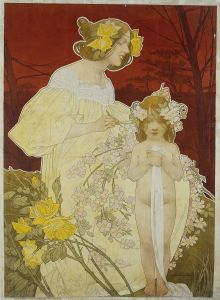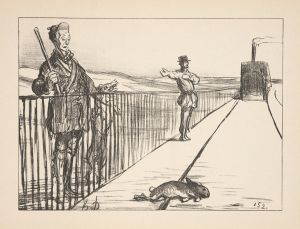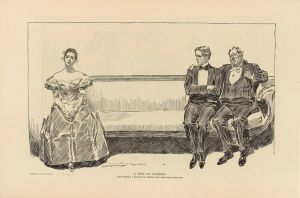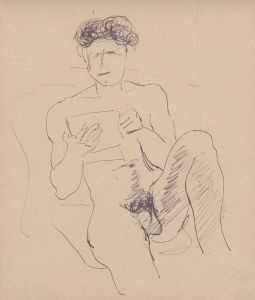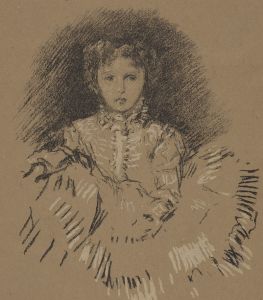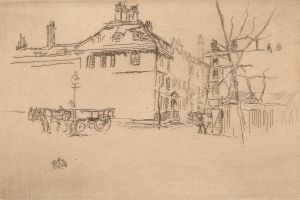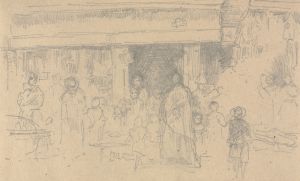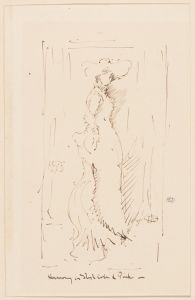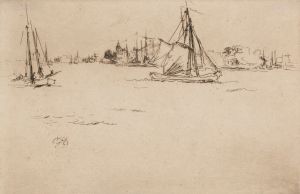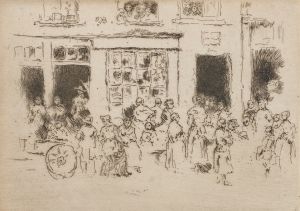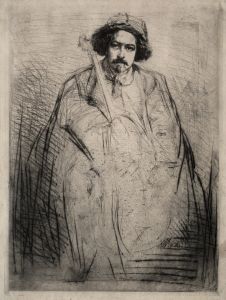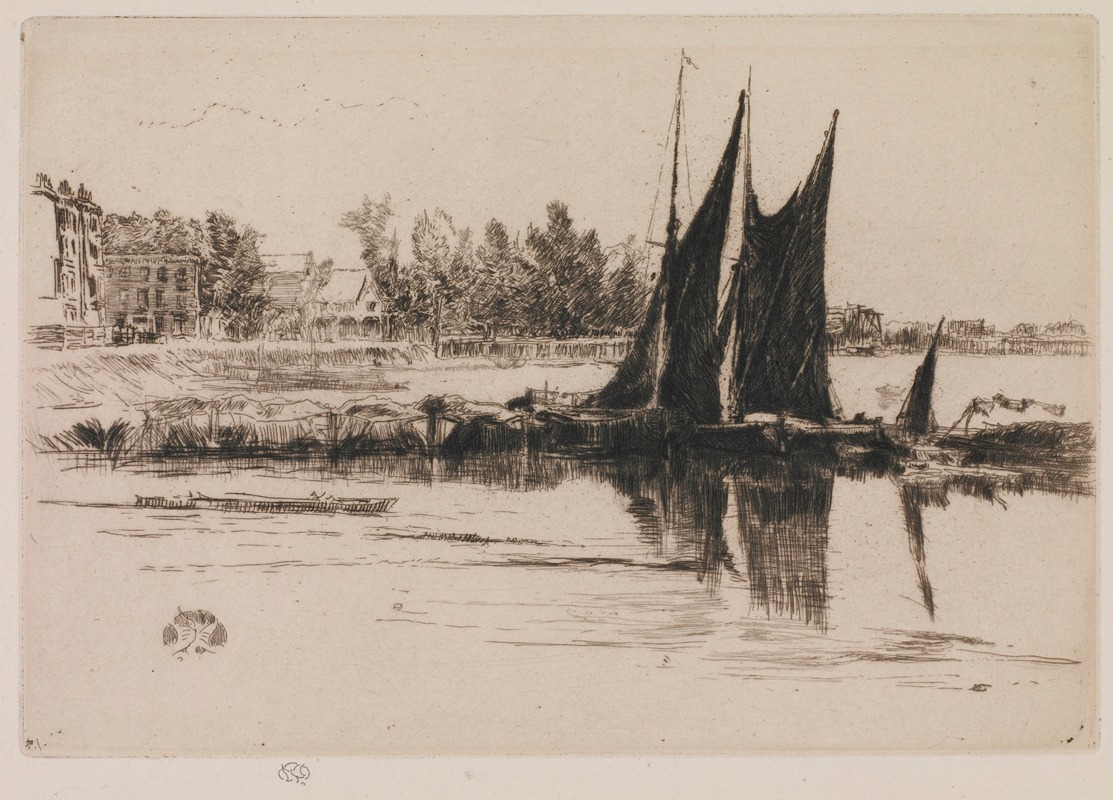
Hurlingham
A hand-painted replica of James Abbott McNeill Whistler’s masterpiece Hurlingham, meticulously crafted by professional artists to capture the true essence of the original. Each piece is created with museum-quality canvas and rare mineral pigments, carefully painted by experienced artists with delicate brushstrokes and rich, layered colors to perfectly recreate the texture of the original artwork. Unlike machine-printed reproductions, this hand-painted version brings the painting to life, infused with the artist’s emotions and skill in every stroke. Whether for personal collection or home decoration, it instantly elevates the artistic atmosphere of any space.
James Abbott McNeill Whistler, an American artist active during the late 19th century, is renowned for his contributions to the art world, particularly in the realms of painting and printmaking. One of his notable works is "Hurlingham," a painting that captures the essence of a leisurely day at the Hurlingham Club, a prestigious social and sports club located in Fulham, London.
Whistler was known for his innovative approach to art, often emphasizing mood and atmosphere over detailed representation. His work on "Hurlingham" is no exception, showcasing his ability to convey a sense of place and time through his distinctive style. The painting is believed to have been created around the 1870s, a period when Whistler was deeply influenced by the principles of the Aesthetic Movement, which advocated for "art for art's sake" and emphasized beauty and visual harmony.
"Hurlingham" depicts a serene scene at the Hurlingham Club, which was famous for its beautiful gardens and sporting events, particularly polo. The painting captures the leisurely activities of the club's members, who are seen enjoying the tranquil environment. Whistler's use of a muted color palette and delicate brushwork creates a dreamlike quality, inviting viewers to immerse themselves in the peaceful ambiance of the setting.
The composition of "Hurlingham" reflects Whistler's mastery of balance and harmony. The figures in the painting are arranged in a way that guides the viewer's eye through the scene, creating a sense of movement and flow. Whistler's attention to detail is evident in the subtle rendering of the figures' clothing and the lush greenery of the surroundings, yet he avoids overworking the canvas, maintaining a sense of spontaneity and lightness.
Whistler's technique in "Hurlingham" also demonstrates his skill in capturing light and atmosphere. The soft, diffused light in the painting enhances the overall mood, contributing to the sense of calm and relaxation. This focus on light and its effects is a hallmark of Whistler's work, reflecting his interest in the interplay between natural elements and human activity.
The painting "Hurlingham" is a testament to Whistler's ability to blend realism with impressionistic elements, creating a work that is both evocative and visually pleasing. It stands as an example of his broader artistic philosophy, which sought to elevate everyday scenes to the level of fine art through careful composition and a refined aesthetic sensibility.
Today, "Hurlingham" is appreciated not only for its artistic merit but also for its historical significance, offering a glimpse into the leisurely pursuits of the Victorian elite. Whistler's portrayal of the Hurlingham Club provides valuable insight into the social customs and recreational activities of the time, making it a valuable piece for both art historians and enthusiasts.
In summary, James Abbott McNeill Whistler's "Hurlingham" is a notable work that exemplifies his artistic vision and technical prowess. Through its delicate composition, masterful use of light, and evocative atmosphere, the painting captures the essence of a bygone era, inviting viewers to experience the tranquility and elegance of the Hurlingham Club.





